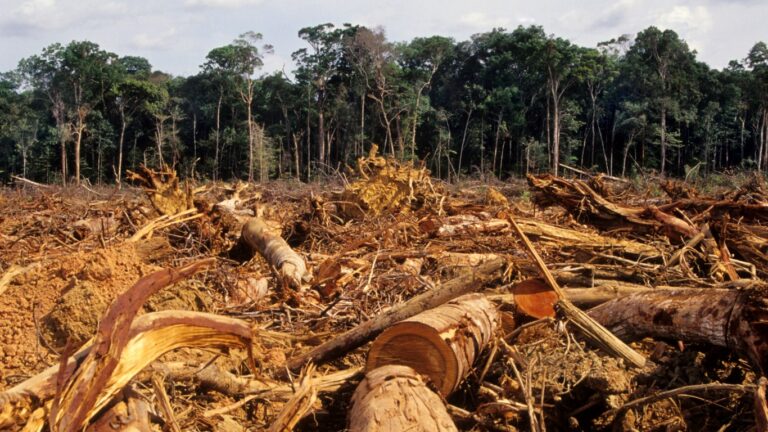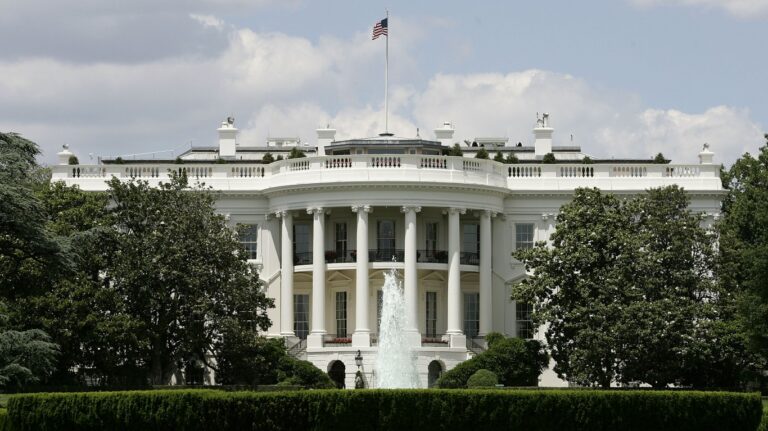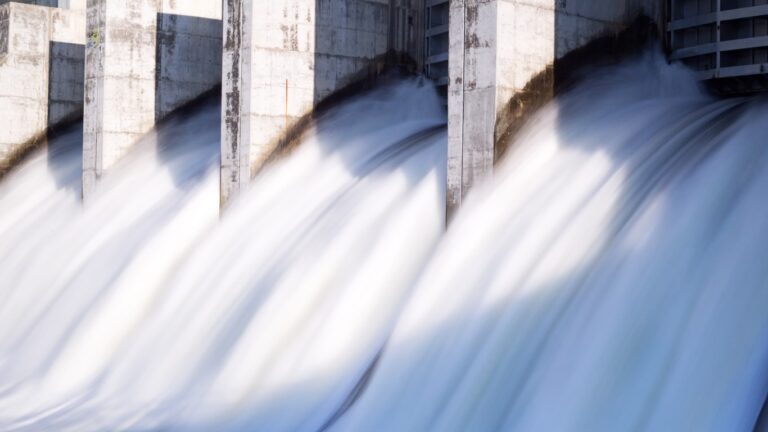Zombie Wildfires Race Across Canada
Fire experts call them “zombie fires.” That definition comes from a specialist in the measurement of Canada’s raging wildfires.
Sebastian Wieczorek, a professor at University College Cork, told the FT, “If we go 60-100 years ago, they [zombie fires] would appear very infrequently. But now they’re all over the place.” The theory is that fires burn deeper in northern Canada’s soil, which keeps surface moisture from preventing them. A study in ACS Publications titled “Impact of Snow on Underground Smoldering Wildfire in Arctic-Boreal Peatlands,” pointed out that “Overwintering peat fires are re-emerging in snow-covered Arctic-boreal regions, releasing unprecedented levels of carbon into the atmosphere and exacerbating climate change.”
Underground Fires
Most of the anxiety about these fires stems from the fact that they are invisible. The current wildfires in western Canada are different. They are burning large forests. At last look, 49 of these were out of control. The challenge is that they are remote and well away from firefighting services and equipment. The urgency for containing this is cut by the fact that they are not burning near populated areas.
In 2023, the underground fires in eastern Canada blanketed much of the U.S. East Coast as well as parts of the Midwest. New York City’s air became so polluted that people went to emergency rooms. Others wore protective masks.
The current wildfire has also spread smoke across America’s western mountain region. It has also been driven to New York by a powerful wind. There are air quality warnings in America’s largest city. This isn’t the last year that will happen.
Sponsor
Find a Vetted Financial Advisor
- Finding a fiduciary financial advisor doesn't have to be hard. SmartAsset's free tool matches you with up to 3 financial advisors that serve your area in 5 minutes.
- Each advisor has been vetted by SmartAsset and is held to a fiduciary standard to act in your best interests. Get on the path toward achieving your financial goals!
More from ClimateCrisis 247
- No One Is Regulating Wildfires
- Extreme Heat Sends Kids To Hospitals
- $400 Billion To Protect American Cities From Oceans
- Global Warming Pushes Up Hamburger Prices






